Book reviews of the newest new media book (for designers+ builders) and A Country of Cities.Chis Choa, the documentary critic. Lake|Flato's lick list.
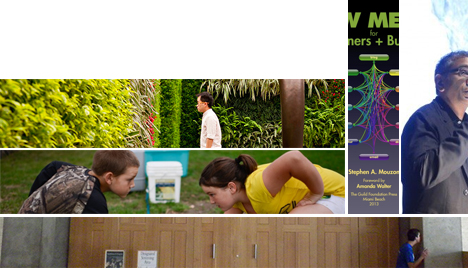
Brave new media. James Moore, International Director of Planning at HDR Architecture, discusses Steve Mouzon’s new ebook New Media for Designers and Builders, which looks to show how social media tools can help us not only survive, but thrive in a brave new world of design and development.
“Steve is an articulate, enthusiastic, passionate man with a graceful, easy-to-read writing style. An accomplished architect, photographer and author, he makes much of his work available online (mouzon.com). His technological expertise comes through extensive trial and error with almost every form of social media.” – James Moore
Book site: http://www.nm4db.com/
Lick list. Josh Nieves of Lake Flato talks about how some architecture is so compelling, he wants to lick it to have a more complete experience of it.
Nieves ventures to Dallas and Fort Worth to see three museums to add to his “lick list:” Kimbell Art Museum, the Modern Art Museum of Fort Worth and the Perot Museum.
Via The Dogrun
Cities and people. Chris Choa, a principal in AECOM’s Master planning + Urban Design practice, examines the film “The Human Scale,” a documentary that looks at how cities are better off when they put more thought into how pedestrians move throughout them.
“The Human Scale remains relatively quiet about the profound transformations due to the increasing globalization of cities. The film also focuses heavily on the physical sensations of the city but is silent about the advent of new virtual worlds enabled by social networking; this is unexplored territory that could provide other opportunities for the creation of more resilient, human-focused environments.” – Chris Choa
Urban America. Jose Luis Gabriel Cruz examines the book A Country of Cities: A Manifesto for an Urban America by Vishaan Chakrabarti that was presented at Columbia University’s Graduate School of Architecture, Planning and Preservation. The book looks at how architects, developers, and planners must lead a movement for a more urban America, a condition Chakrabarti equates to a better environment and economy leading to increased social-equity.
Chakrabarti makes a case for the benefits of investing efforts in a development strategy that is based on dense cities. By identifying issues in modern infrastructures, current city planning policies, and paradigms within the design and construction fields, a new urban landscape is on its way.
Innovative Social Media
Milestone celebration. In October, National Geographic Magazine celebrates 125 years with a photo blog and photo-based social engagement platform as it seeks new ways to document the world and interact with readers. The photo blog, Proof, was launched "to engage ongoing conversations about photography, art, and journalism" and promises "new avenues for our audience to get a behind-the-scenes look at the National Geographic storytelling process. "National Geographic says it will invite photo enthusiasts to submit images and participate in an inaugural digital assignment for the magazine as part of its newly designed photosharing-based community engagement platform, Your Shot.
Via Clickz
Proof Blog: http://proof.nationalgeographic.com/
Your Shot: http://yourshot.nationalgeographic.com/

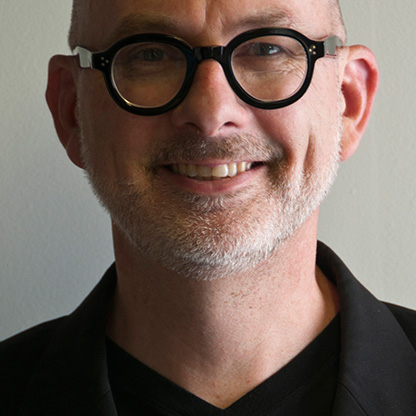 Today, my friend Steve Mouzon is releasing his latest book and I am honored to have had the opportunity to write the foreword.
Today, my friend Steve Mouzon is releasing his latest book and I am honored to have had the opportunity to write the foreword.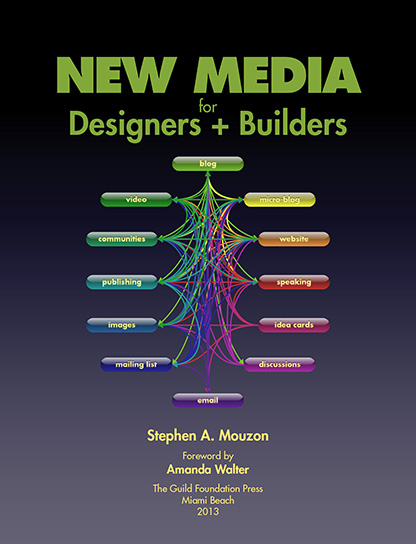
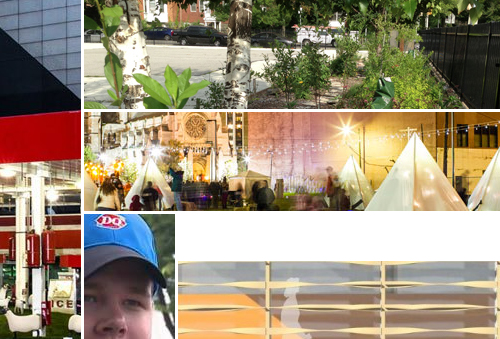
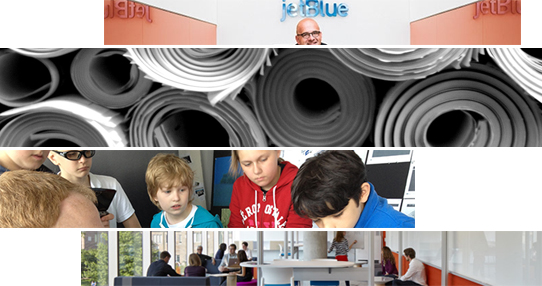
 The excitement of field trips. Returning streets to the people. Building under bridges. Public squares in the urban world. A trail for volunteering. Examining thought leadership.A trip into the field.
The excitement of field trips. Returning streets to the people. Building under bridges. Public squares in the urban world. A trail for volunteering. Examining thought leadership.A trip into the field.